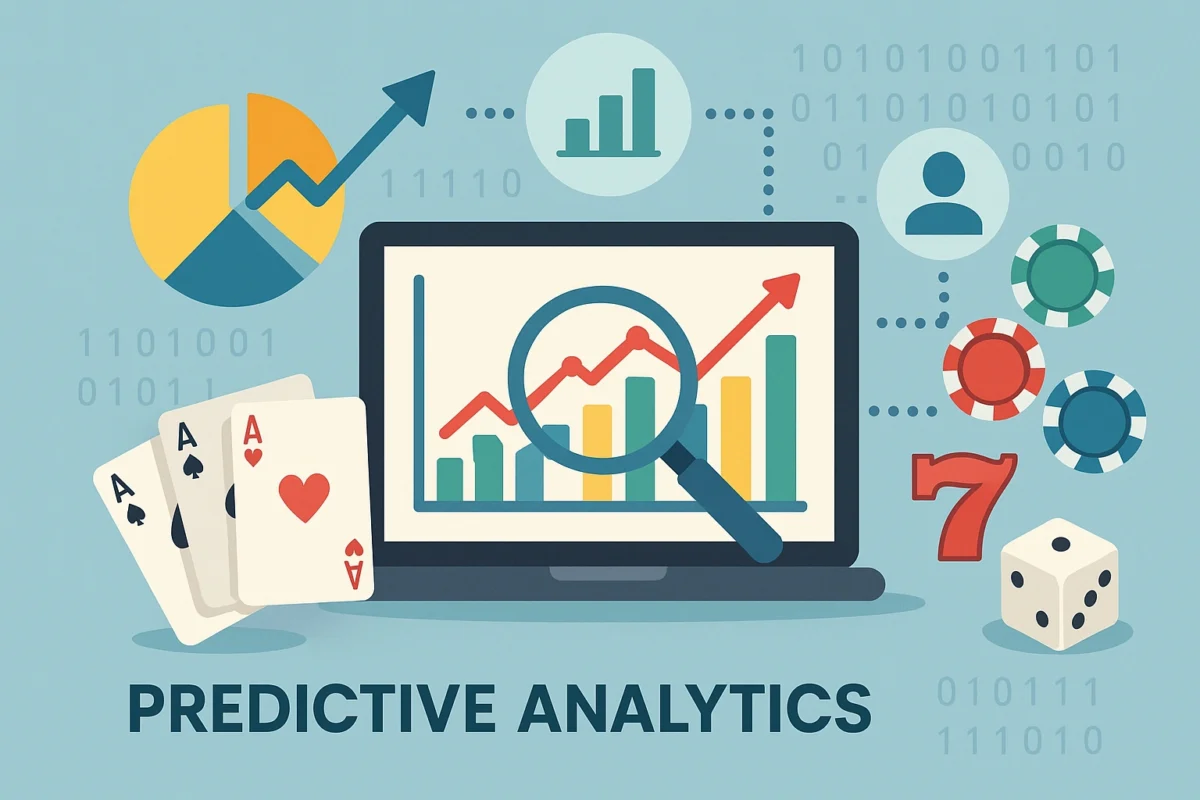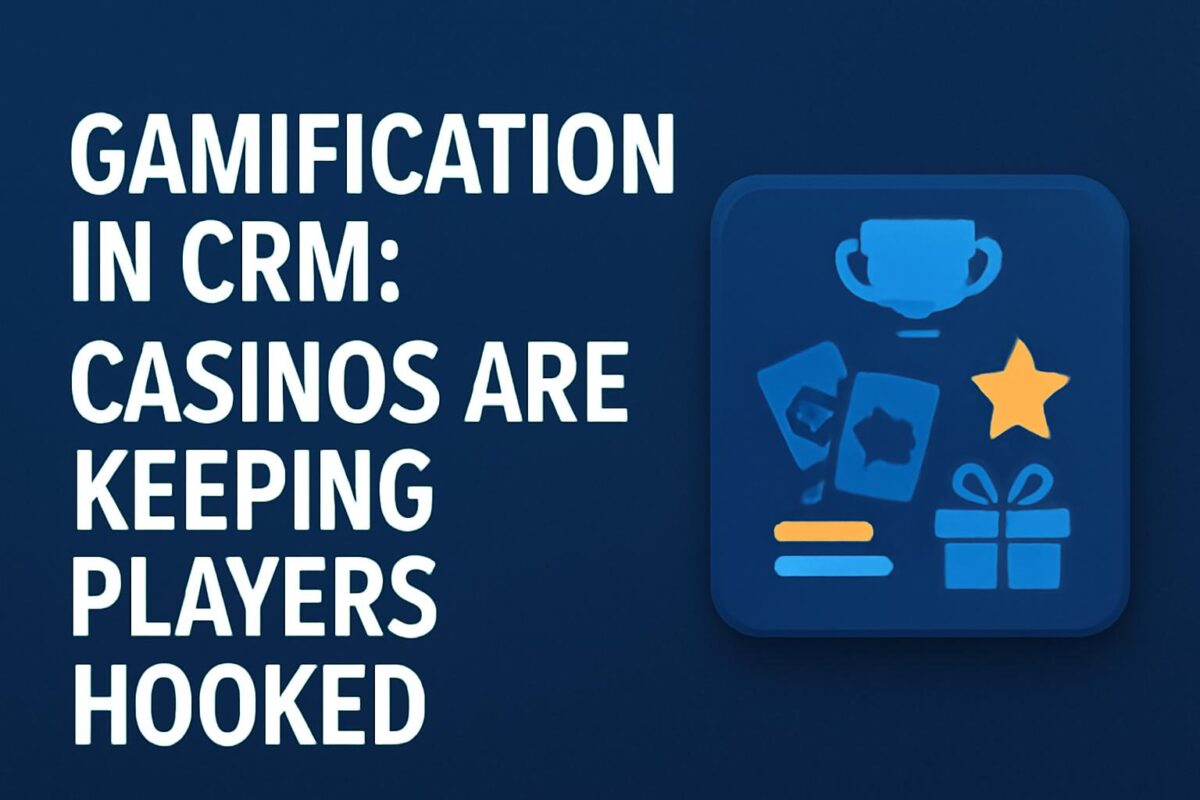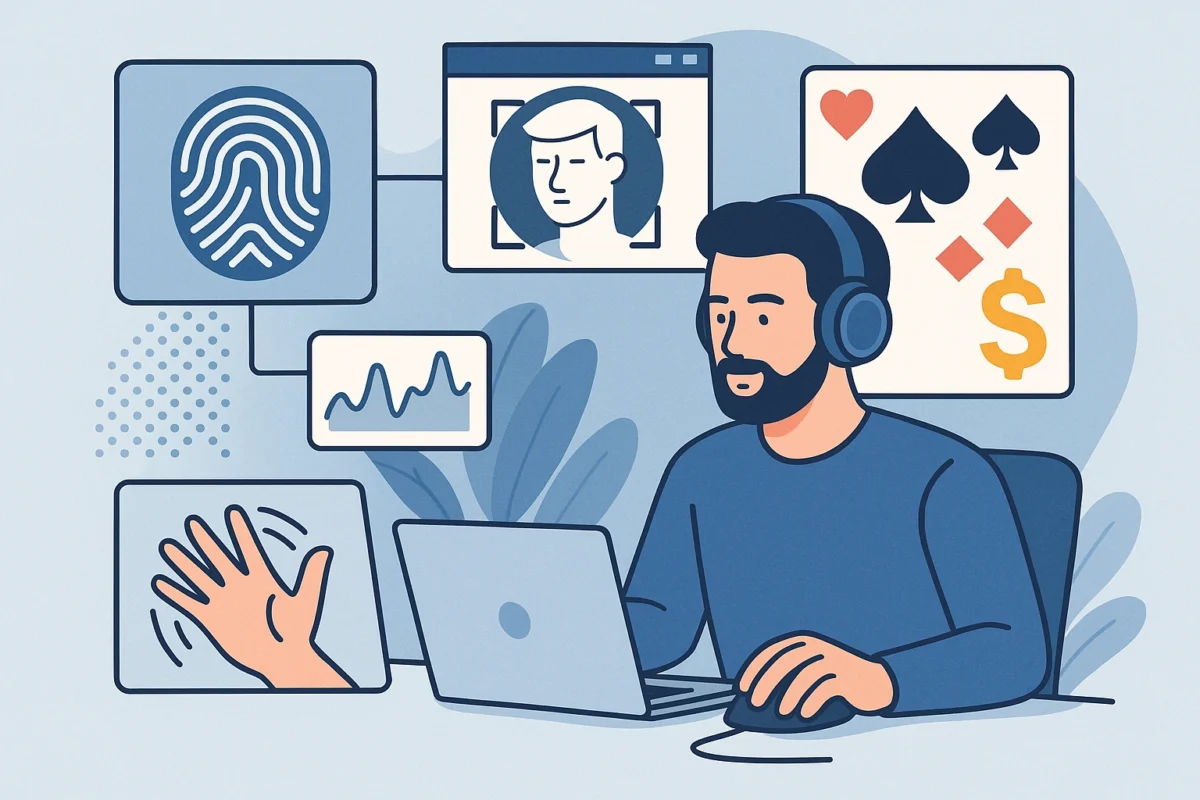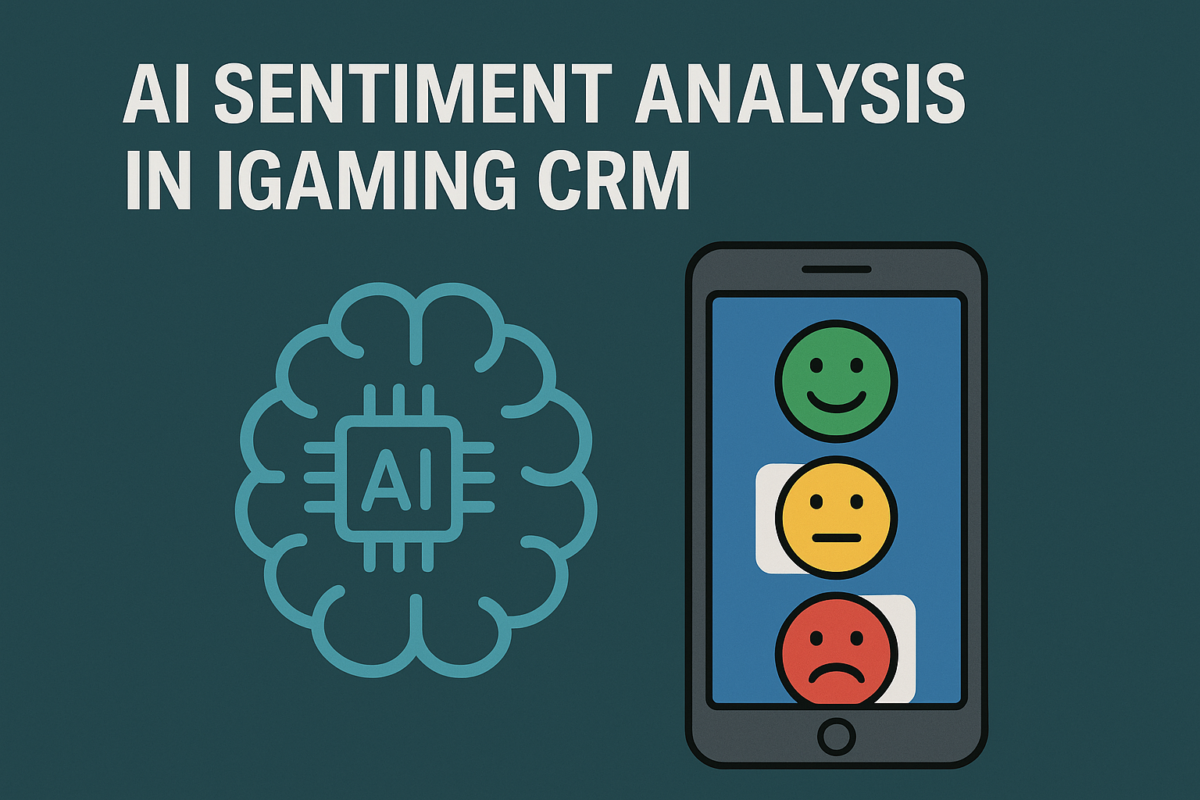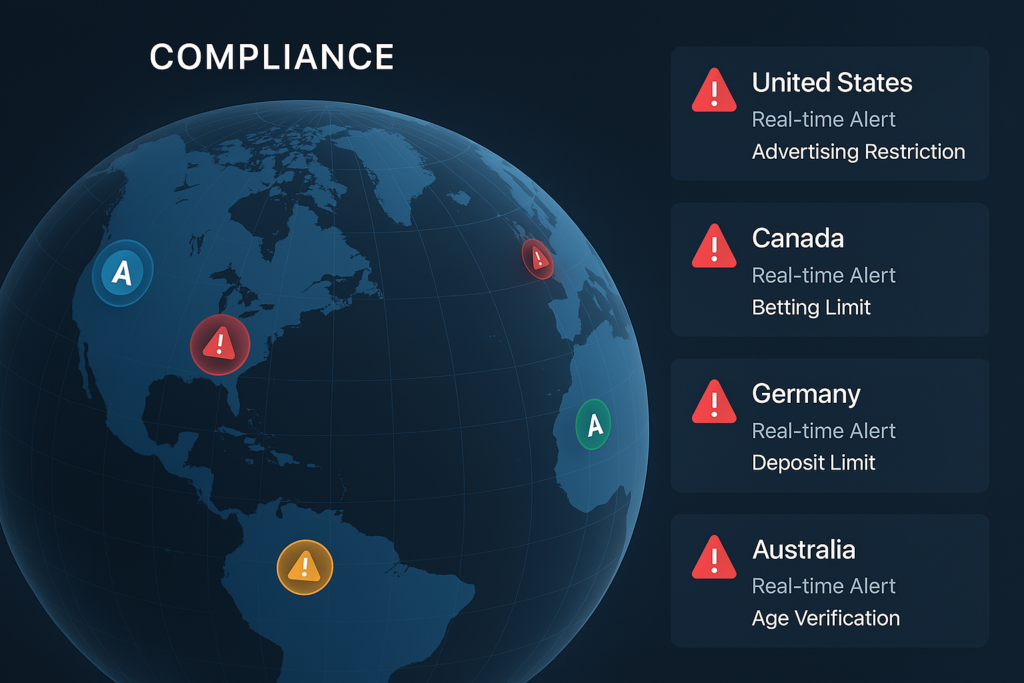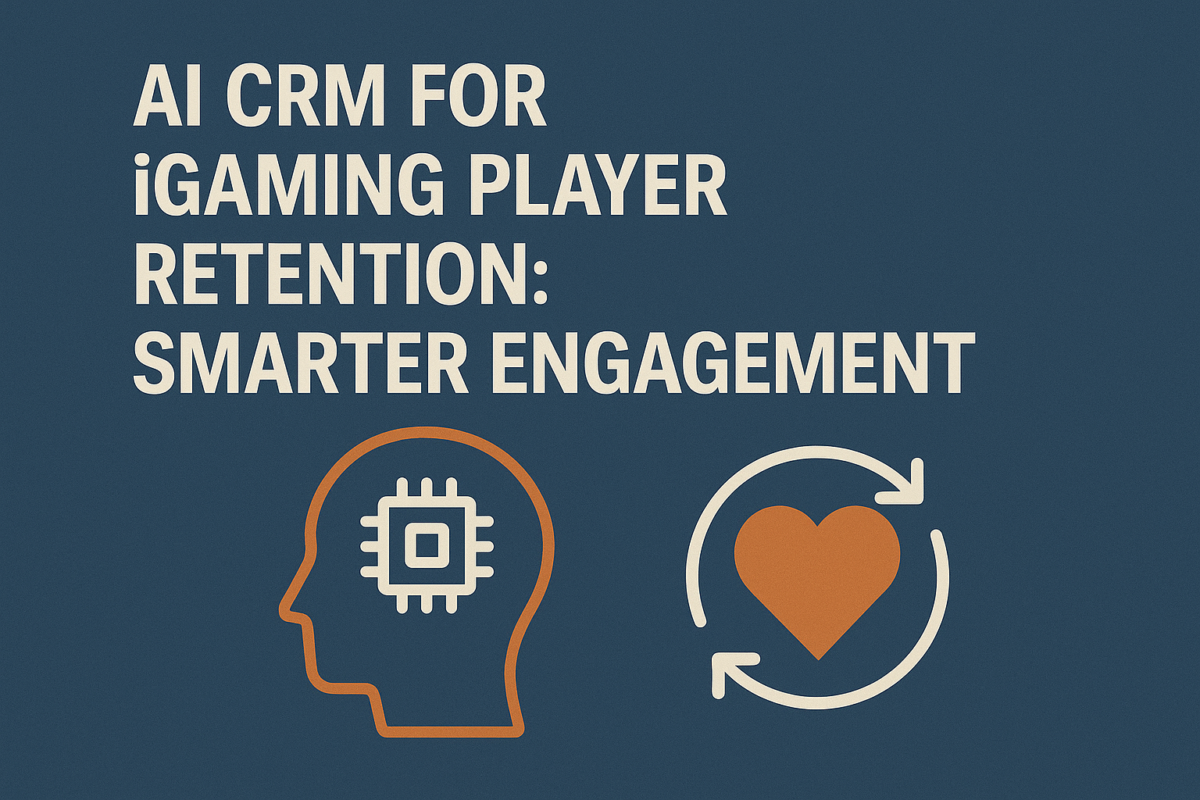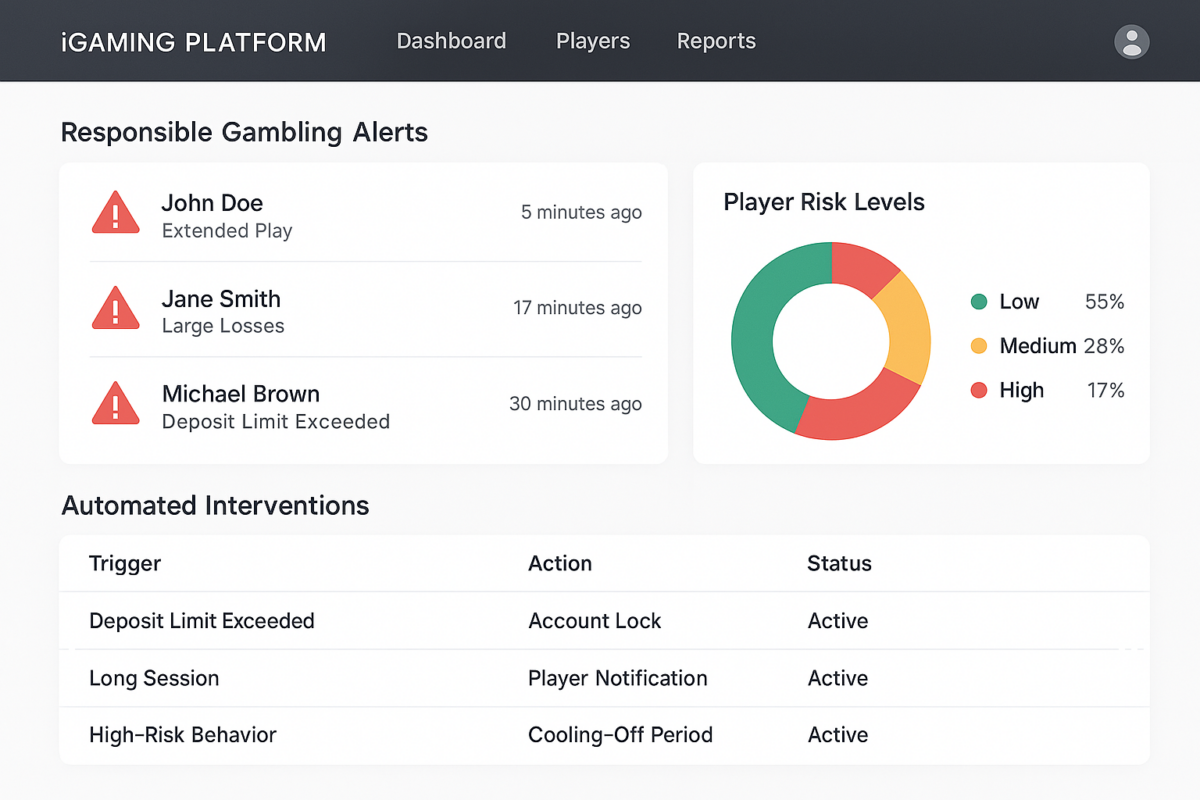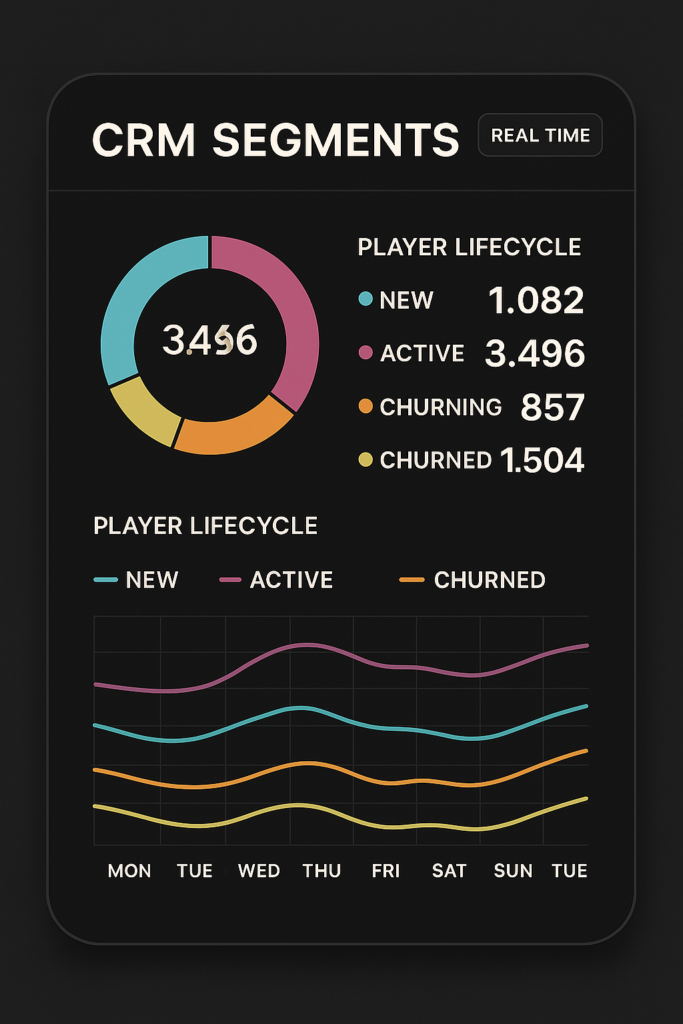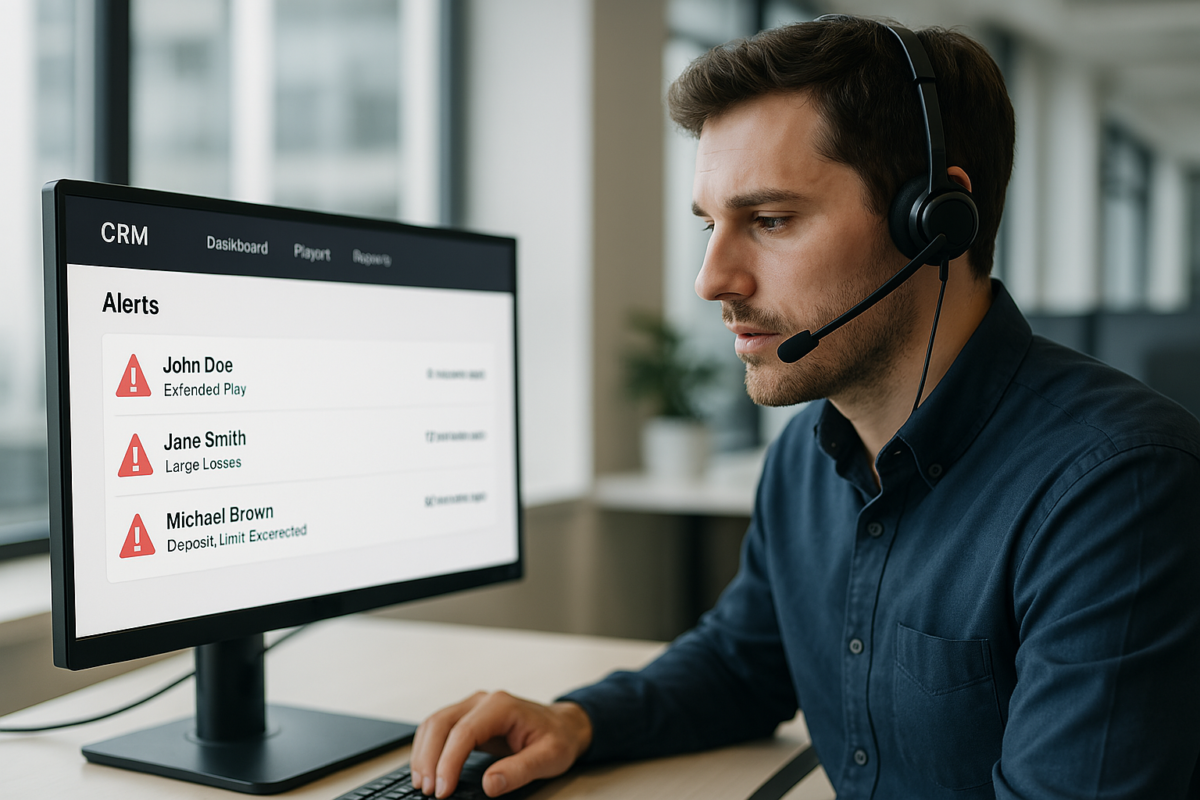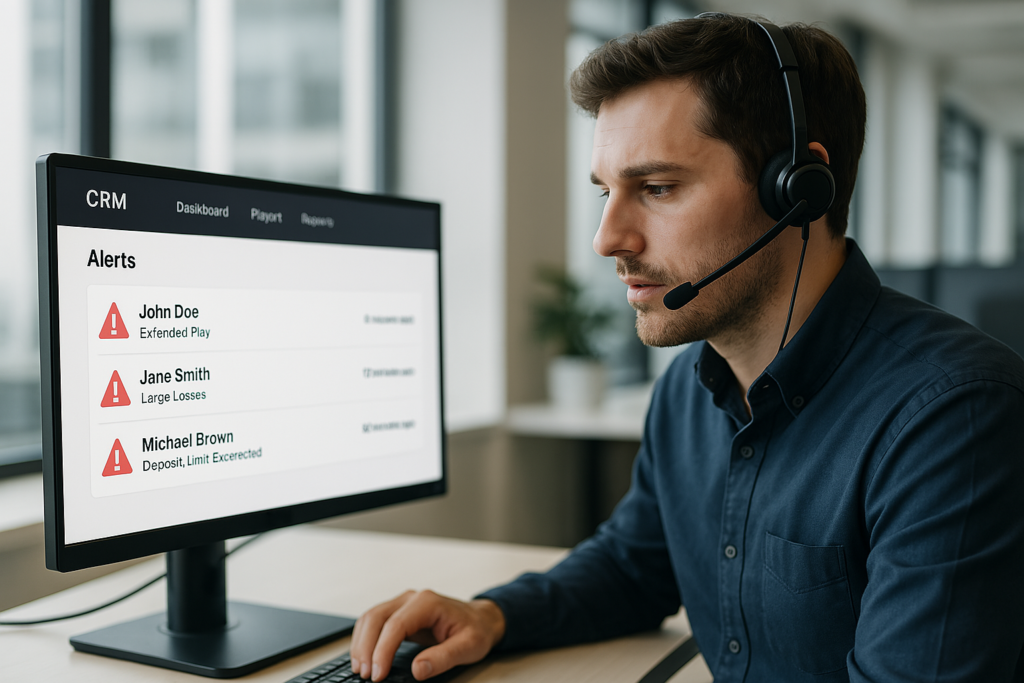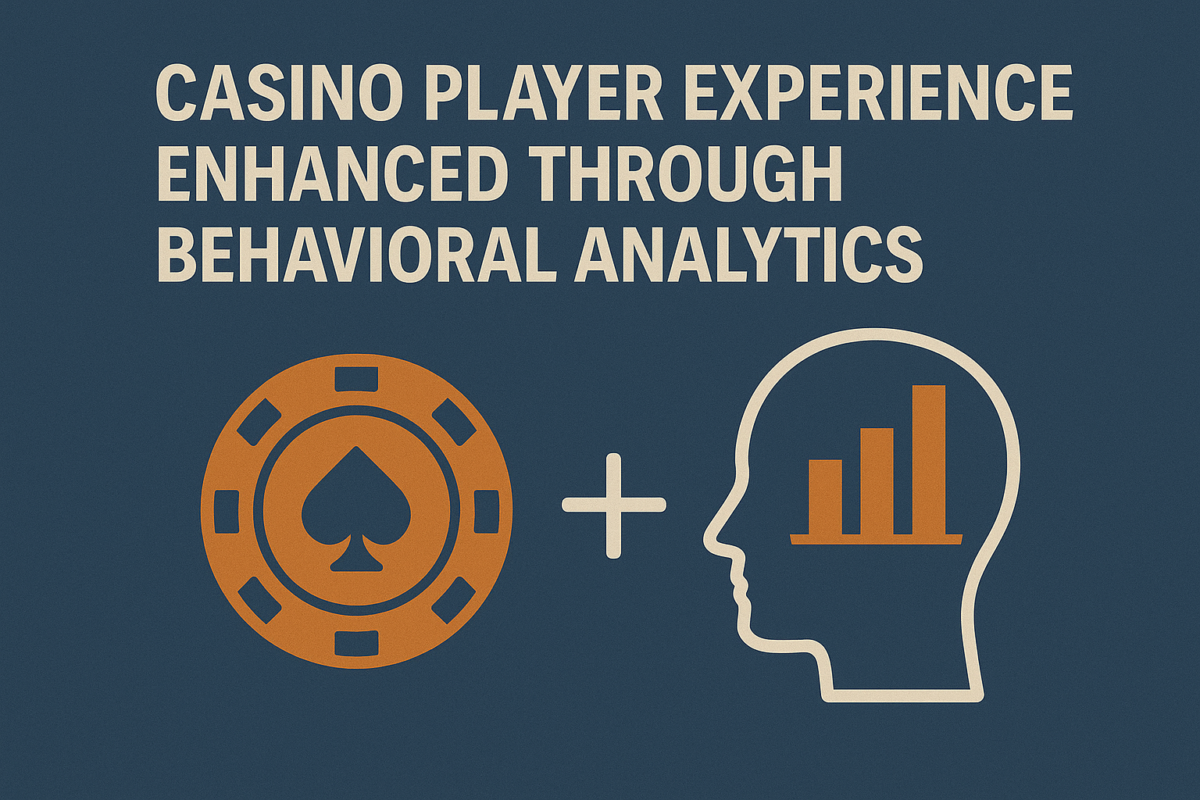Predictive Analytics: The Secret Weapon for Boosting iGaming Player Loyalty
In online gaming, player loyalty is gold, and it’s getting harder to keep. As more competition floods the market and players’ attention spans get shorter, casinos and gaming platforms are desperate for an edge. They’re finding their answer in data science. Specifically, predictive analytics which simply means using data, statistics, and AI to guess what a player will do next has become the industry’s secret weapon for building loyalty.
Today’s predictive models don’t just tell us what players are doing, they tell us what they are about to do. By crunching thousands of pieces of behavioral data everything from how often someone logs in to how much they spend on a certain game iGaming CRM systems are learning to predict when a player might leave (churn), the perfect moment to send an engaging message, and the exact personalized offer that will keep them happy.
The outcome is a totally new way to approach loyalty: one that is dynamic, driven by hard data, and, ironically, far more focused on the individual player. In this article, let’s dive into how predictive analytics is supercharging iGaming CRM, helping platforms hold onto their players, and completely redefining what it means to earn loyalty in the digital age.
The New Era of Data-Driven iGaming
The iGaming industry thrives on personalization. Players expect experiences that feel tailored to their preferences like games that understand their risk appetite, bonuses that align with their habits, and interactions that feel meaningful. Predictive analytics makes this possible by turning raw player data into foresight.
Modern iGaming CRMs now integrate AI gaming trends and predictive algorithms to map player journeys with precision. Every click, wager, and pause in gameplay becomes a data point feeding into predictive models that can identify patterns long before human analysts could.
For example, by observing a decline in session duration or the timing of deposit cycles, a CRM system can flag potential churn before it happens and automatically trigger retention workflows like a bonus offer or reminder email.
The proactive approach moves the iGaming industry from reactive marketing to anticipatory engagement, where the next move is calculated by data science rather than guesswork.
Also See: How Behavioral Psychology is Shaping the Future of Online Gaming Engagement
How Predictive Analytics Works in iGaming CRMs

At its core, predictive analytics relies on three elements which are data, algorithms, and automation. Here’s how each plays a role in iGaming CRM optimization:
Data Collection: Every interaction a player makes—such as game preferences, betting frequency, time spent online, and payment behavior—is collected in real-time.
Model Training: Machine learning algorithms analyze historical data to identify common behaviors that lead to outcomes such as churn, high-value engagement, or conversion.
Prediction and Automation: Once trained, the model predicts player actions and triggers CRM actions automatically like sending retention offers or adjusting loyalty tiers.
For example, if a player usually deposits every Friday but skips a week, the CRM can automatically predict possible disengagement. Using predictive analytics, it might send a customized “We miss you” bonus before the player even considers leaving.
This seamless integration of AI-driven foresight with CRM automation is what makes predictive analytics the most potent tool for loyalty management in the iGaming world.
From Insights to Action: Building Player Retention Strategies
Predictive analytics helps gaming platforms to translate insights into immediate retention strategies. Here are some key applications:
a. Churn Prediction
Machine learning models analyze player behavior to spot early warning signs of disengagement such as reduced logins or lower wagering activity. CRMs can then personalize reactivation campaigns that feel natural rather than intrusive.
b. Dynamic Loyalty Programs
Rather than offering the same reward tiers to everyone, predictive analytics enables dynamic loyalty programs where players earn personalized rewards based on predicted lifetime value.
c. Optimized Bonus Timing
Predictive systems calculate the best time to offer bonuses. Instead of sending generic promos, CRMs use engagement history to time offers for maximum impact, keeping players excited and active.
d. Personalized Game Recommendations
AI-based models learn each player’s gaming style like slots, poker, roulette and suggest similar experiences to keep them engaged. This not only boosts satisfaction but also encourages longer play sessions.
e. VIP Segmentation
By predicting potential high-value players early, CRMs can nurture them with exclusive offers, early access to games, or tailored customer service, elevating retention rates among top spenders.
The Science of Player Segmentation
Traditional segmentation divides players into static groups such as “high rollers” or “casual gamers.” But predictive analytics introduces smart segmentation that evolves dynamically as player behavior changes.
AI models continuously update segments based on real-time data, ensuring that marketing and engagement tactics remain relevant. For example:
- A player showing signs of burnout might be moved into a “cool-down” group for lighter offers.
- A player with increasing deposits might shift into a “VIP nurturing” segment.
- A player engaging heavily with social features could be targeted with community-based challenges.
This fluid segmentation ensures that every communication is both timely and contextually appropriate, enhancing trust and satisfaction.
Real-Time Analytics and AI Gaming Insights
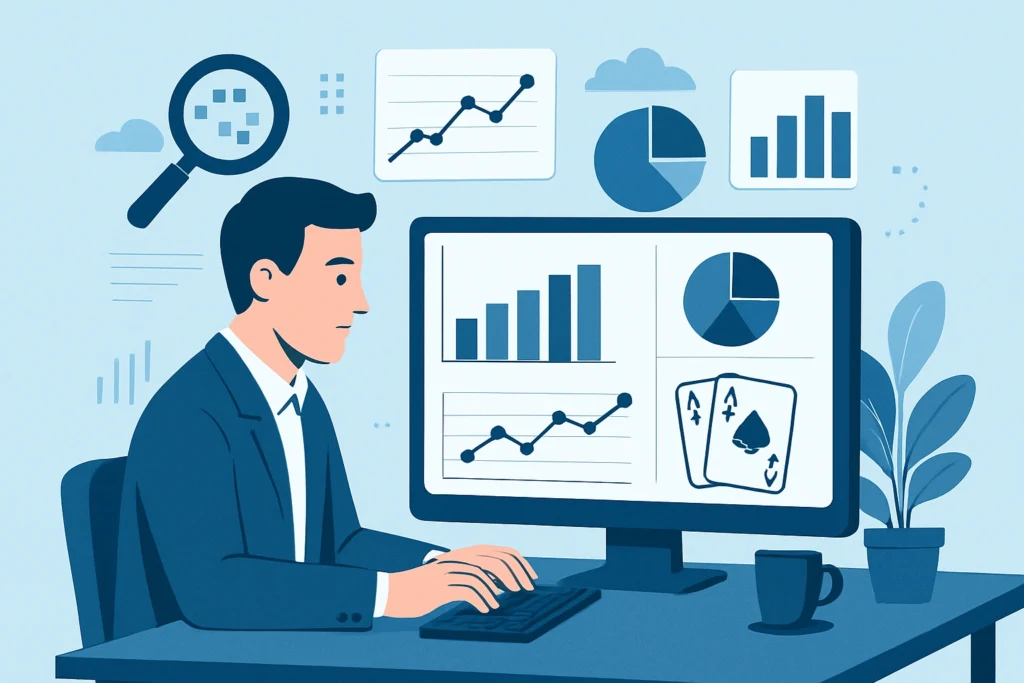
Modern iGaming CRM software goes beyond historical analysis. With real-time predictive analytics, platforms can adapt on the fly. For instance, if a player’s in-game frustration is detected such as rapid losses or multiple app exits, AI systems can adjust the experience instantly by triggering micro-rewards, calming notifications, or support prompts.
These AI gaming insights allow operators to maintain emotional engagement—a critical factor in loyalty. The ability to act within seconds, not days, separates top-performing iGaming brands from the rest.
Plus, machine learning-driven trend detection helps platforms anticipate emerging preferences in player communities allowing for early adaptation in content strategy, bonus structures, and game design.
The ROI of Predictive Player Loyalty
Beyond engagement, predictive analytics delivers measurable business outcomes:
Higher Retention Rates: Predictive churn models can increase retention by up to 30%.
Increased Lifetime Value (LTV): Personalized offers boost average LTV per player by optimizing incentives.
Reduced Acquisition Costs: Loyal players spend more and stay longer, lowering the need for constant acquisition spending.
Efficient Marketing Spend: Campaigns target the right players at the right moment, minimizing wasted budget.
In short, predictive analytics transforms CRM from a record-keeping tool into a growth engine powered by foresight.
The Future of Predictive Analytics in iGaming
As iGaming continues to evolve, predictive analytics will move from being a competitive advantage to an industry standard. Integrations with emotion AI, voice sentiment detection, and behavioral biometrics will make CRMs even more intuitive—able to sense emotional states, verify identity seamlessly, and fine-tune personalization in real time.
In the near future, AI-driven predictive CRM systems may even collaborate across platforms sharing anonymized trend data to build richer, cross-market insights into global player psychology.
Conclusion
Instead of playing catch-up, predictive analytics helps you to anticipate what a player needs. They can stop generalizing and start tailoring every interaction, building a genuine connection instead of just processing a transaction.
By putting predictive analytics right inside the iGaming CRM, platforms gain the essential ability to truly know their players. All of a sudden, every action like every click, spin, or session helps turn a casual player into a loyal one. The ones who win in iGaming down the road will be the ones who look ahead and make their move before anyone else does.
FAQ: iGaming Predictive Analytics
How does predictive analytics differ from traditional CRM analytics?
Traditional analytics reviews past behavior. Predictive analytics uses past and current data to forecast future actions, enabling proactive engagement.
Can predictive analytics improve VIP player management?³
Yes. It helps identify high-value players early and ensures personalized rewards that strengthen loyalty.
Is predictive analytics only for large casinos?
No. Even smaller platforms can use predictive models, often through cloud-based CRM software, to optimize engagement.
What kind of data is used in predictive analytics for iGaming?
Player transactions, gameplay patterns, demographics, and even in-game interactions are analyzed to build accurate predictions.

